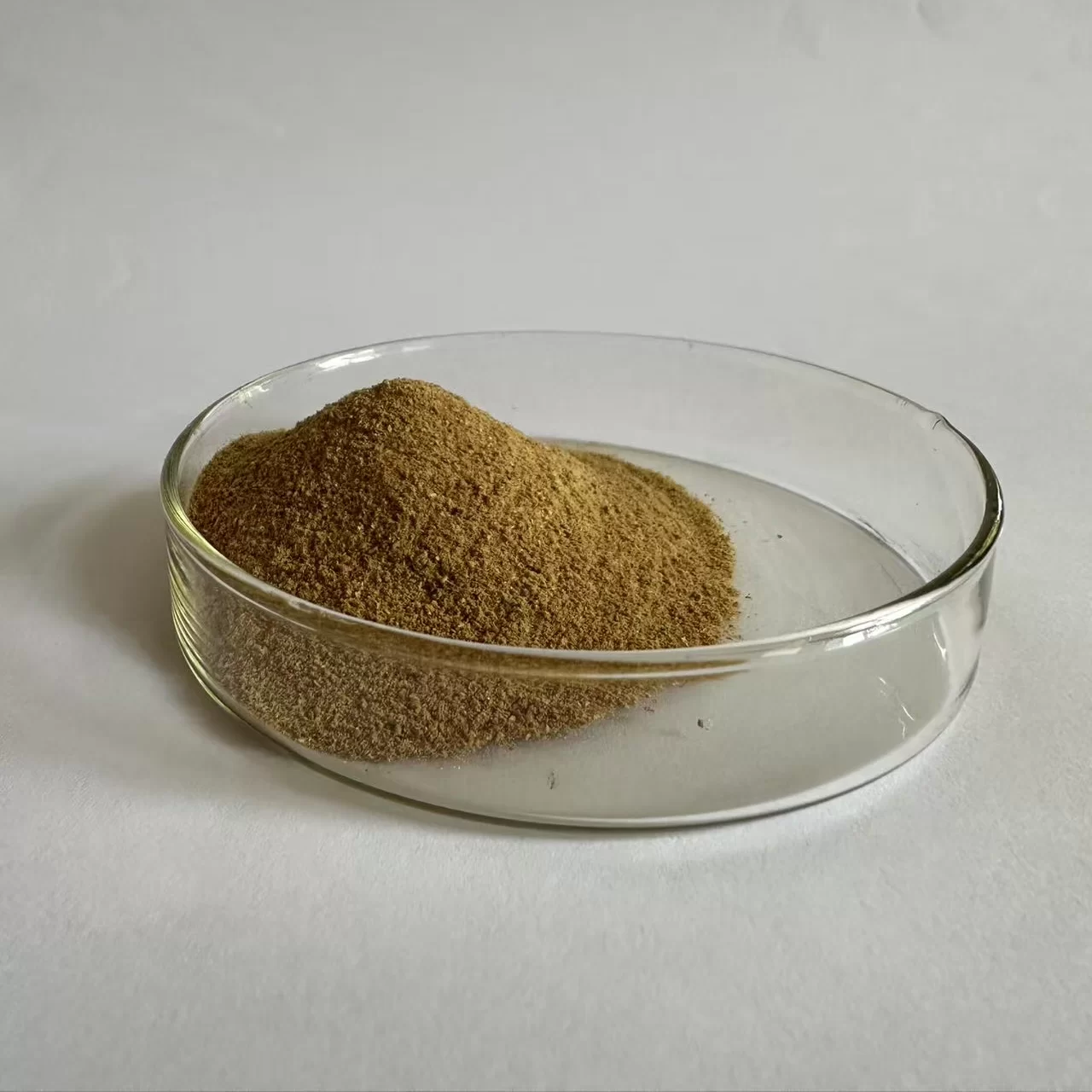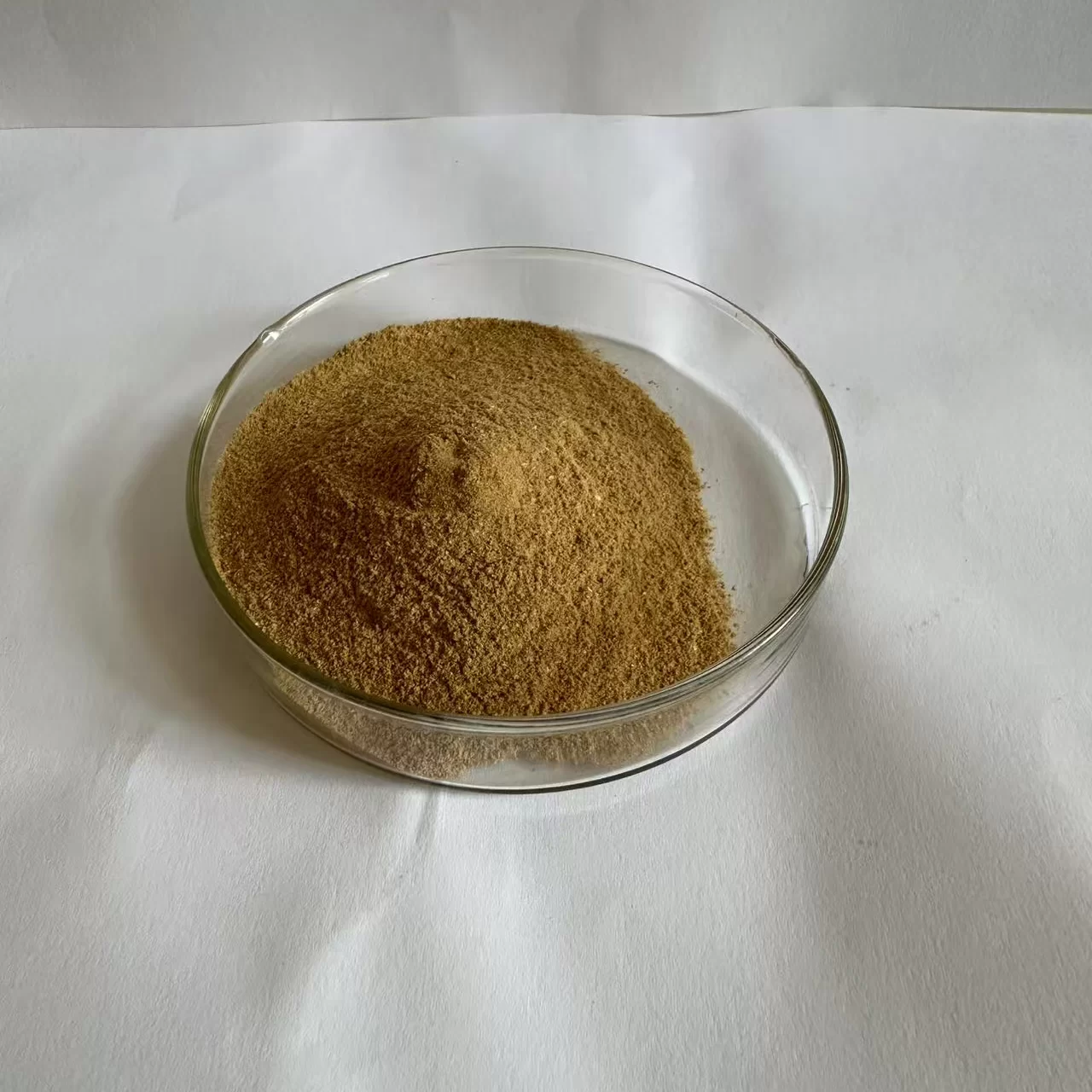Protease for Leather, Detergent and Feed Applications: what plants, tanneries, and detergent formulators really ask me
I’ve toured more than a few enzyme rooms across Asia, and—no surprise—this one keeps coming up. Made in Han Village, Zhao County, Shijiazhuang City, Hebei, China, the Protease for Leather, Detergent and Feed Applications sits in that sweet spot between robust industrial performance and practical, everyday processing. It’s pitched as a multi-industry workhorse: leather unhairing/soaking, detergent stain removal, feed and protein hydrolysates, even fermentation (beer, wine, soy sauce). And yes, in real plants, those crossover wins matter.

Quick specs (real-world values may vary)
| Form | Powder or liquid | Activity (typical) | ≈ 50,000–200,000 U/g (casein-Folin, lab data) |
| Optimum pH | ≈ 7.5–10.0 (alkaline-biased) | Optimum temperature | 35–55°C (application-dependent) |
| Calcium stability | Improved in presence of Ca2+ | Dosage | 0.05–0.3% w/w on substrate (pilot first) |
| Shelf life | ≈ 12–24 months sealed at 4–25°C, dry | Certs (typical) | ISO 9001; HALAL/Kosher available |
How plants use it (materials → method → testing → service life)
Leather: Soaking/unhairing at pH 8.5–10; 30–45°C; 60–180 min. Materials: raw hides, wetting agents, lime-sparing recipes. Method: dose early in drum, maintain gentle rotation. Testing: protease activity by casein-Folin; hide tensile and grain integrity. Service life: single-batch use; savings often 10–20% on sulfide/alkali with cleaner effluent.
Detergent: Built-in granules or liquid premix. pH window 8–10 in wash liquor; 25–40°C common. Method: stabilize with calcium/borate or proprietary systems. Testing: ASTM D4265 stain sets; protein stains (blood, grass) delta reflectance. Service life: per wash; enzymatic potency retained through typical shelf periods with proper stabilizers.
Feed & hydrolysates: Soy/animal protein hydrolysis at 45–55°C; pH 7–8.5; 1–4 h. Degree of hydrolysis monitored by OPA method; taste/peptide profile adjusted by time/temperature. Service life: batch-bound; reuse if immobilized (pilot trials recommended).
Fermentation: Clarifies wort/mash, aids yeast extract and soy sauce processes. QC: FAN (free amino nitrogen), viscosity drop, filterability indices.

Why this one gets short-listed
- Versatility across leather, laundry, and food/fermentation lines (rarely a one-trick pony).
- Customizable activity and granulation; many customers say the dosing predictability is “surprisingly forgiving.”
- Compliance mindset: FCC/JECFA-aligned enzyme prep controls; biodegradability tested to OECD 301 (as claimed by labs in the region).
Customization menu
Options include activity grade, liquid vs. dust-controlled granules, anti-redeposition pairing, calcium/borate stabilization, and co-formulation with amylase/lipase for premium detergents. For leather, you can request a milder protease cut to protect grain while keeping unhairing speed.
Vendor snapshot (my quick comparison)
| Vendor | Activity range | Lead time | Certs | Customization | Notes |
|---|---|---|---|---|---|
| Hebei manufacturer (origin: Han Village, Zhao County) | ≈ 50k–200k U/g | 10–20 days | ISO 9001; HALAL/Kosher | High | Strong in leather/detergent lines |
| Global Vendor X | 100k–300k U/g | 4–6 weeks | ISO/FSSC | Medium | Premium pricing |
| Local Trader Y | Varies | Stock dependent | Basic | Low | Check traceability |
Test data and standards
In routine QC I’ve seen: casein-Folin assay ≈ 120,000 U/g at pH 9.0, 40°C (±10% lot-to-lot). Detergent panels show 10–25% better protein-stain removal vs. non-enzyme base at 30°C. Labs reference FCC/JECFA monographs for enzyme prep purity, and biodegradability per OECD 301. Always verify in your matrix.
Field notes (two quick cases)
A North China tannery swapped in the Protease for Leather, Detergent and Feed Applications and reported ≈15% sulfide reduction with cleaner grain. Meanwhile, a mid-tier detergent maker saw noticeable brightness gains on protein stains at 30°C—nice win for energy-saving cycles.
What buyers keep asking
Is it gentle on fibers and hide grain? With sane dosing, yes. Can I get dust-free granules? Yes. Will it clash with bleach? Like most proteases, high active chlorine will knock it down—stage your chemistry or stabilize smartly.
Citations
- Food Chemicals Codex (FCC), Enzyme Preparations—General Requirements and Tests.
- FAO/WHO JECFA, General specifications for enzyme preparations used in food processing.
- OECD 301, Ready Biodegradability Test Guidelines.
- ISO 9001:2015, Quality Management Systems—Requirements.
Our team comprises seasoned manufacturing experts and international business professionals.dye auxiliaries Core team members possess 15-20 years of industry experience,textile auxiliary manufacturer with deep understanding of every production detail and sharp market insights.textile auxiliary agent Our professional teams include:R&D Team: Continuous innovation, leading industry development Production Management Team: Pursuing excellence,auxiliaries chemicals ensuring stable quality Quality Control Team: Strict supervision with zero-tolerance attitude International Business Team: Professional service with seamless communication.textile auxiliaries chemicals